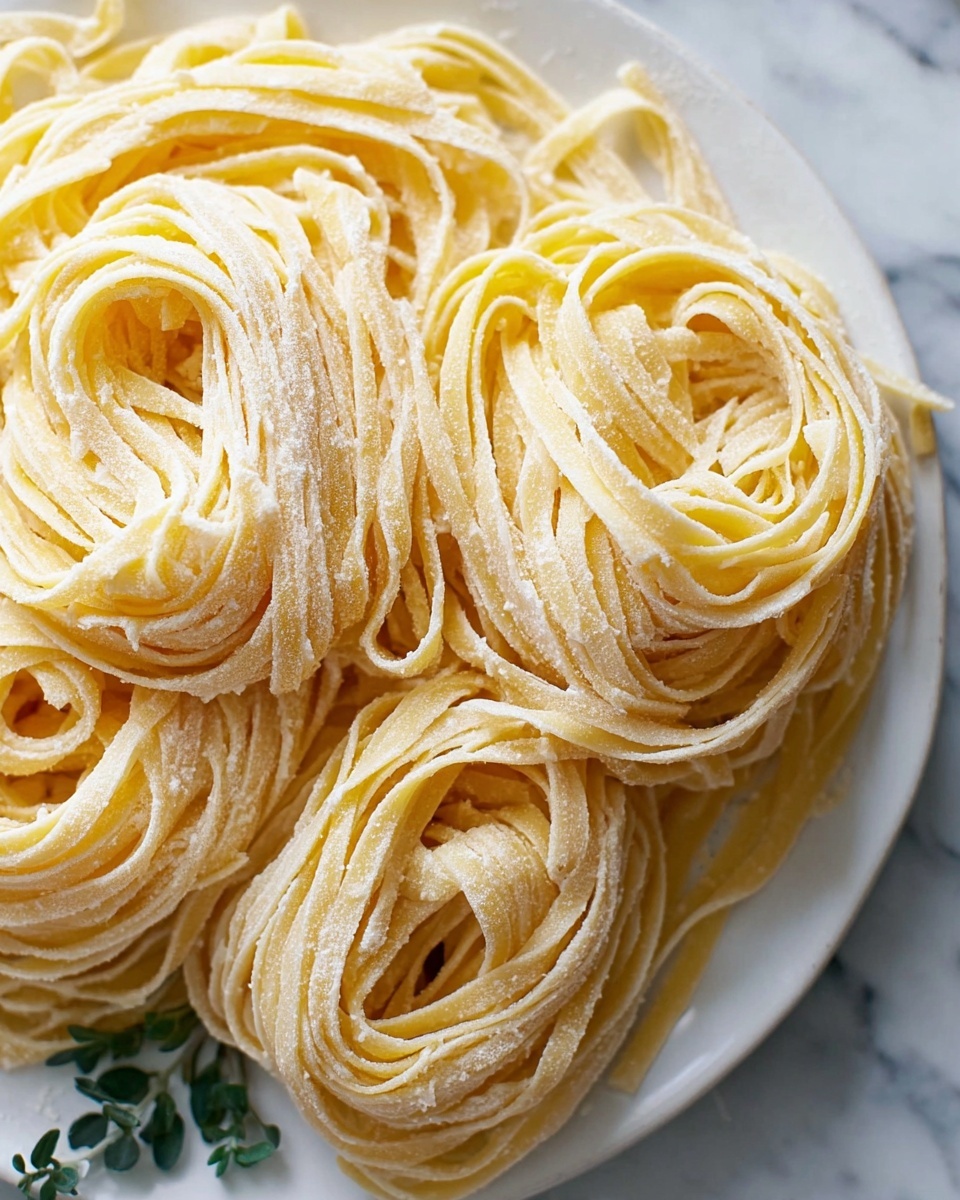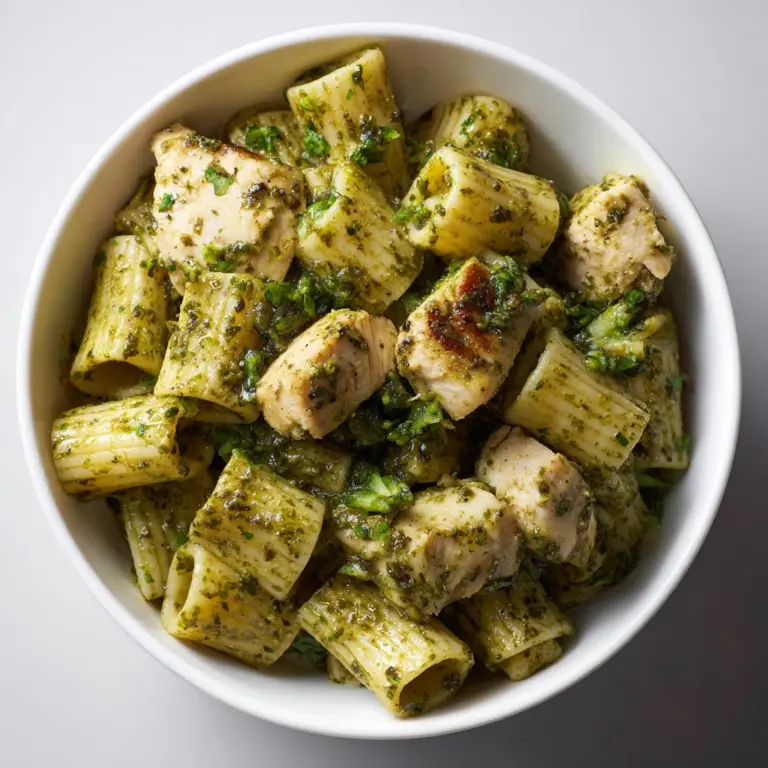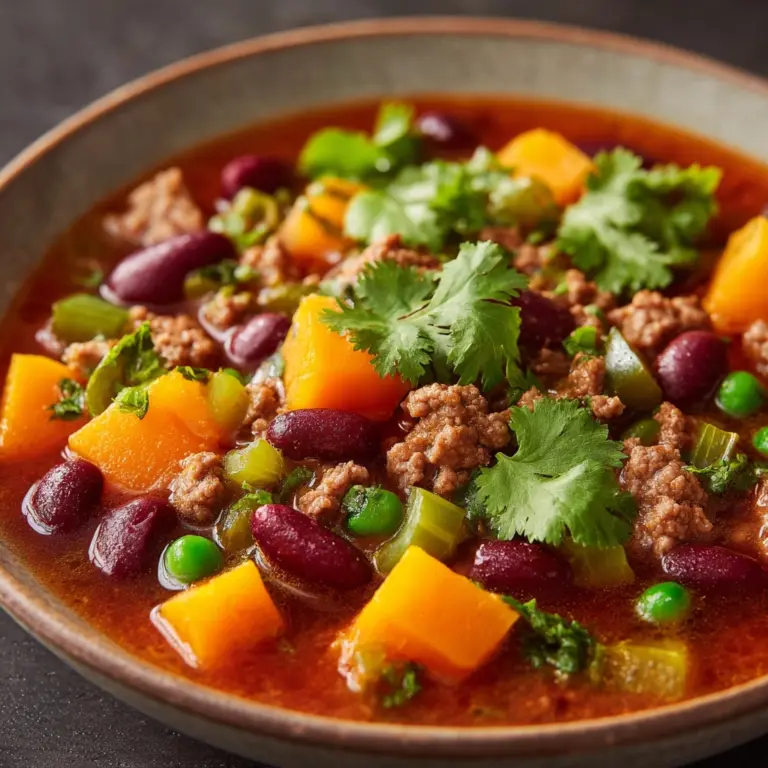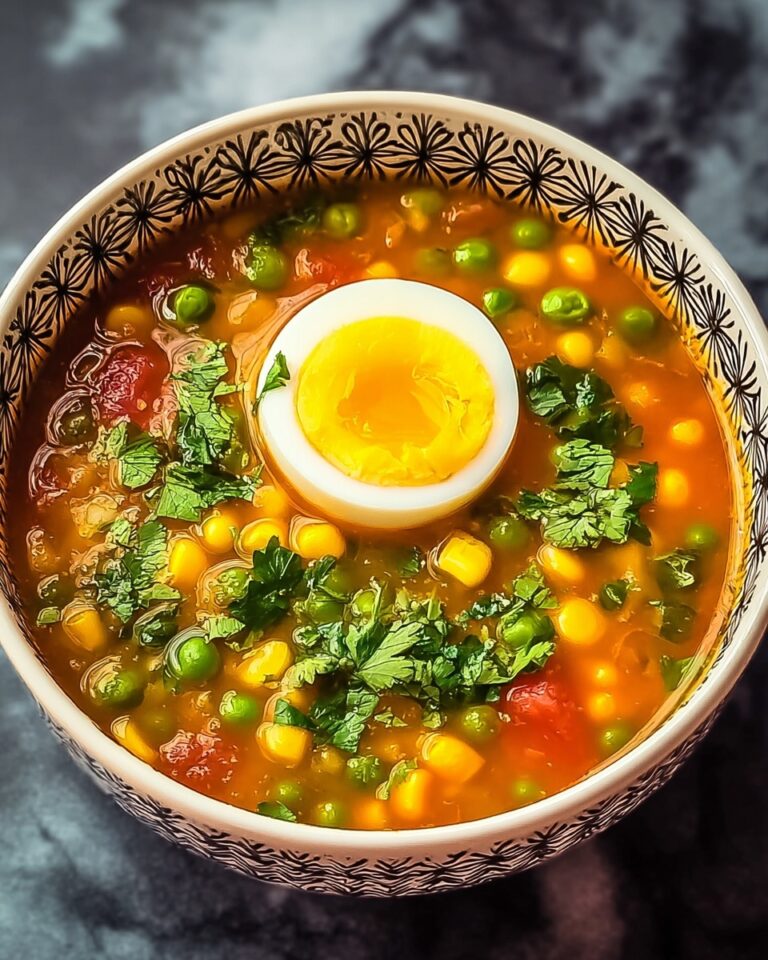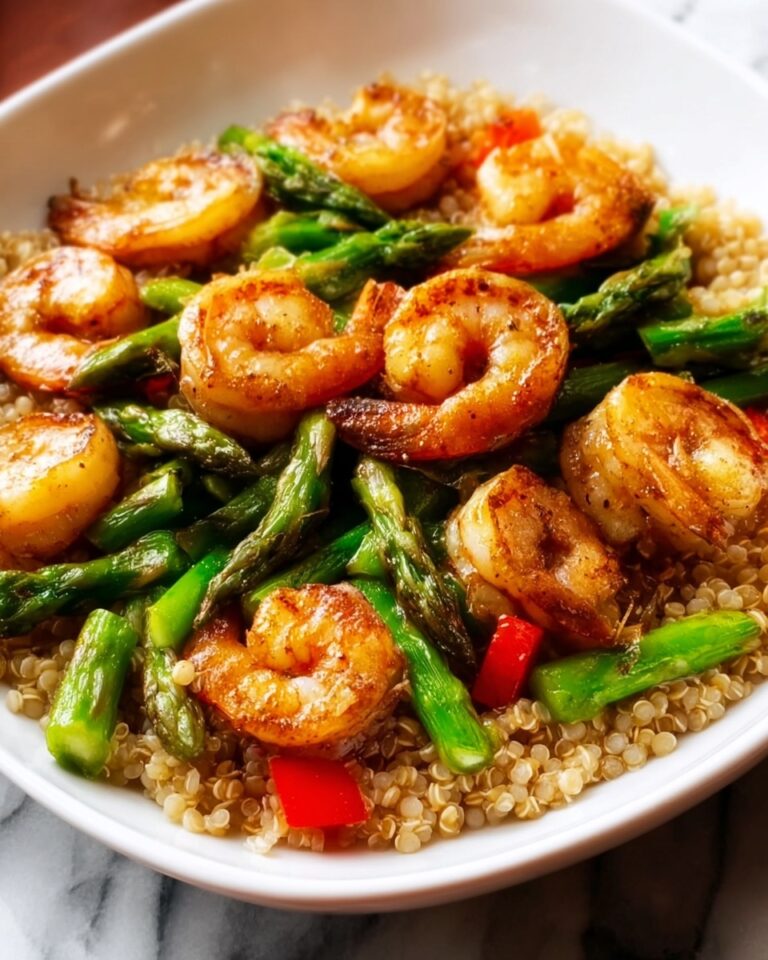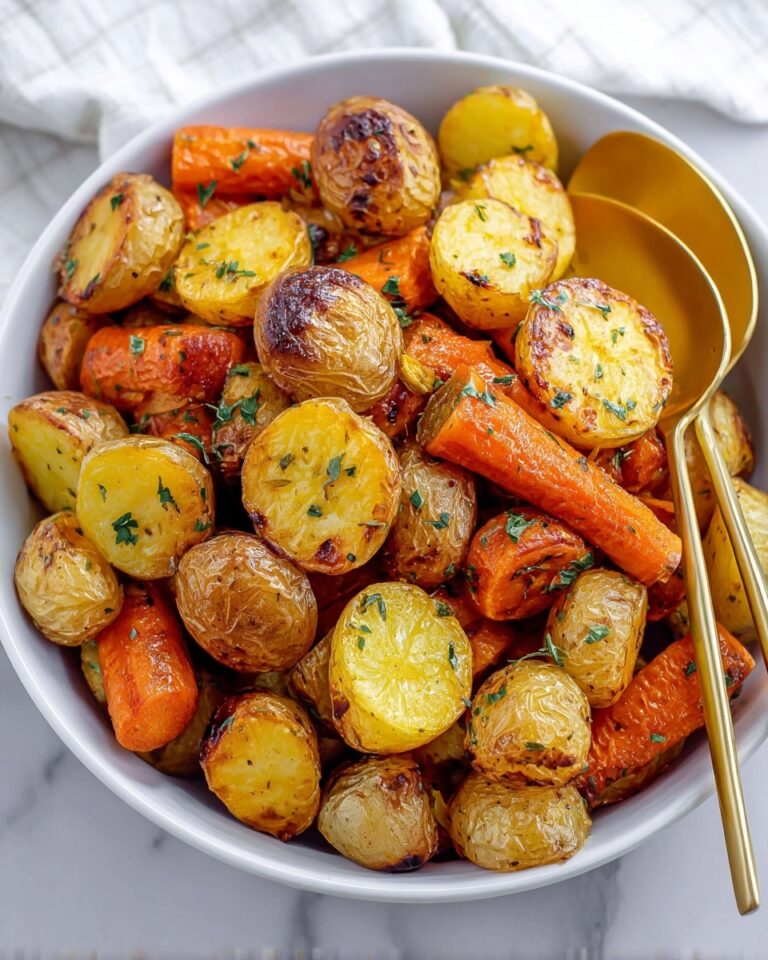If you have ever dreamed of making fresh noodles right in your own kitchen, this Perfect Homemade Pasta Recipe will quickly become your culinary go-to. It’s a joyful blend of simple ingredients transformed through hands-on kneading and rolling into tender, flavorful pasta that beats store-bought every single time. Whether you’re a seasoned cook or just starting out, this recipe promises a rewarding experience with every bite—soft, elastic dough that cooks to delicate perfection and serves as the ideal canvas for your favorite sauces and toppings.
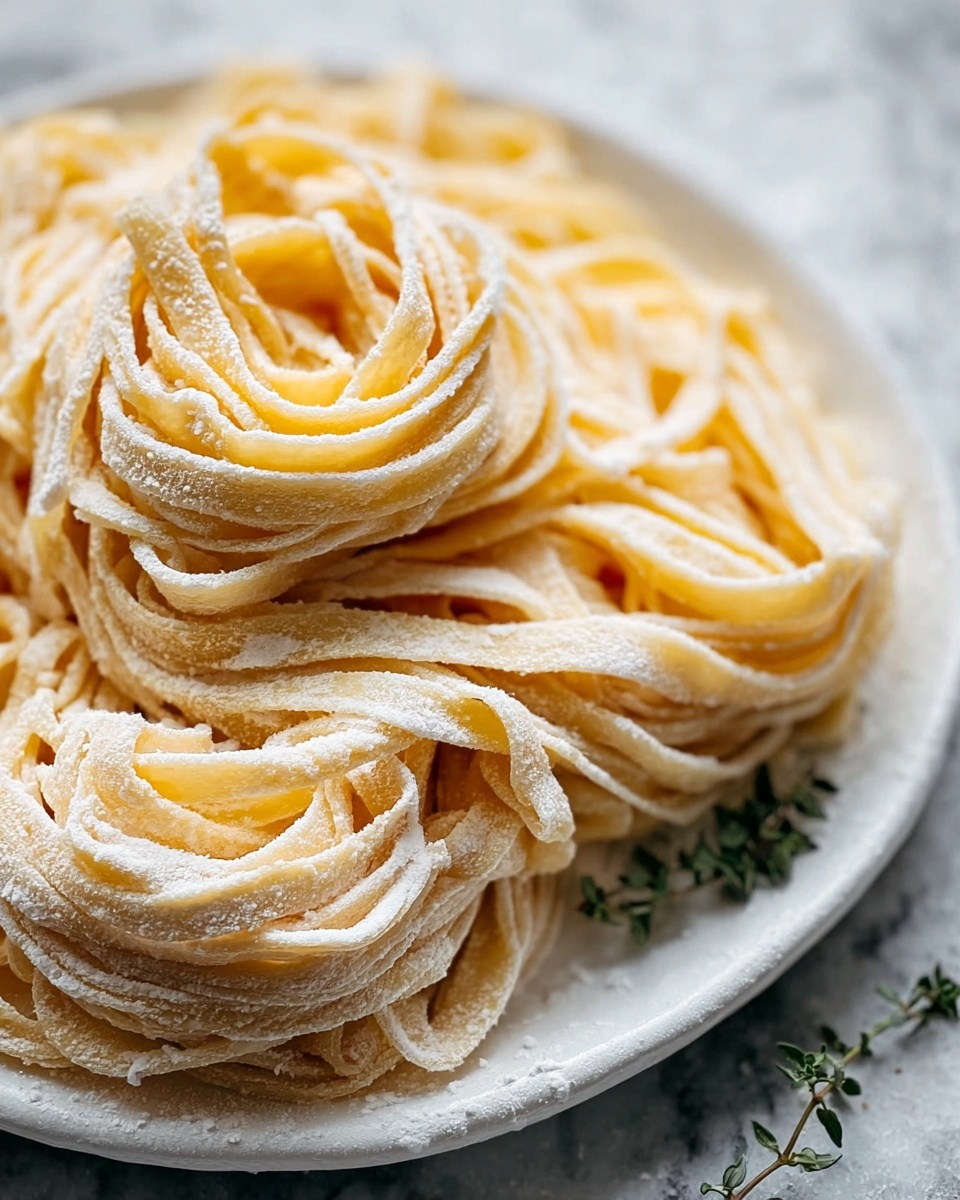
Ingredients You’ll Need
This recipe shines through the simplicity of its ingredients, each playing a vital role in the texture, flavor, and color of your homemade pasta. With just a handful of pantry staples, you’ll be on your way to fresh, satisfying noodle bliss.
- All-Purpose Flour: 2 cups provide the essential structure needed for a sturdy yet tender pasta dough.
- Large Eggs: 3 eggs enrich the dough with moisture and a lovely golden hue.
- Salt: 1 teaspoon enhances the dough’s natural flavors without overpowering.
- Olive Oil: 1 tablespoon adds pliability and a subtle fruity depth to the pasta.
- Water: 1 to 2 tablespoons help adjust the dough consistency to just the right softness.
How to Make Perfect Homemade Pasta Recipe
Step 1: Prepare the Flour and Create a Well
Start by measuring 2 cups of all-purpose flour onto a clean surface or in a large bowl. Form a well in the center—this little crater will hold your eggs and wet ingredients, helping to control the mixing process as you combine everything.
Step 2: Add Eggs, Salt, and Olive Oil
Crack 3 large eggs into the well, then sprinkle in 1 teaspoon of salt and pour 1 tablespoon of olive oil. This mixture is where your dough gains richness, flavor, and flexibility.
Step 3: Combine the Ingredients Gently
Using a fork, begin to whisk the eggs while slowly incorporating the flour from the edges of your well. This careful technique ensures the flour is absorbed evenly until the mixture becomes too thick to handle with the fork.
Step 4: Knead the Dough Until Smooth and Elastic
Switch to your hands, bring all the dough together into a ball, and start kneading for about 8 to 10 minutes. This step is where the magic happens—developing gluten that makes the pasta tender yet chewy. If the dough feels sticky, sprinkle in a little more flour; if too dry, add a few drops of water to achieve the perfect elasticity.
Step 5: Let the Dough Rest
Wrap your dough ball tightly in plastic wrap and let it rest for at least 30 minutes. Resting relaxes the gluten and makes rolling out much easier, giving your pasta a smooth texture.
Step 6: Divide and Prepare for Rolling
After resting, divide the dough into four equal portions. Keep the portions you are not working with covered to prevent drying out.
Step 7: Roll Out the Dough
Flour your work surface lightly, take one portion, and flatten it slightly. Use a rolling pin or a pasta machine to roll the dough out thinly—this is the foundation of your pasta’s delicacy.
Step 8: Cut the Pasta Into Your Desired Shape
Once rolled, cut your pasta into ribbons, sheets, or any creative shape you love. This flexibility lets you tailor homemade pasta to any dish from fettuccine to lasagna.
Step 9: Let the Pasta Dry Slightly
Lay the cut pasta on a floured surface or a clean kitchen towel to dry just a bit, which helps prevent sticking when cooking.
Step 10: Cook the Pasta
Bring a large pot of salted water to a rolling boil. Add your fresh pasta and cook for 2 to 4 minutes—until it floats to the surface. Fresh pasta cooks quickly and tastes incredibly fresh and delicate.
Step 11: Drain and Enjoy
Drain your pasta and toss with your favorite sauce. Whether drizzled with butter and sage or smothered in a hearty marinara, this Perfect Homemade Pasta Recipe delivers a satisfying taste of Italian tradition in every forkful.
How to Serve Perfect Homemade Pasta Recipe
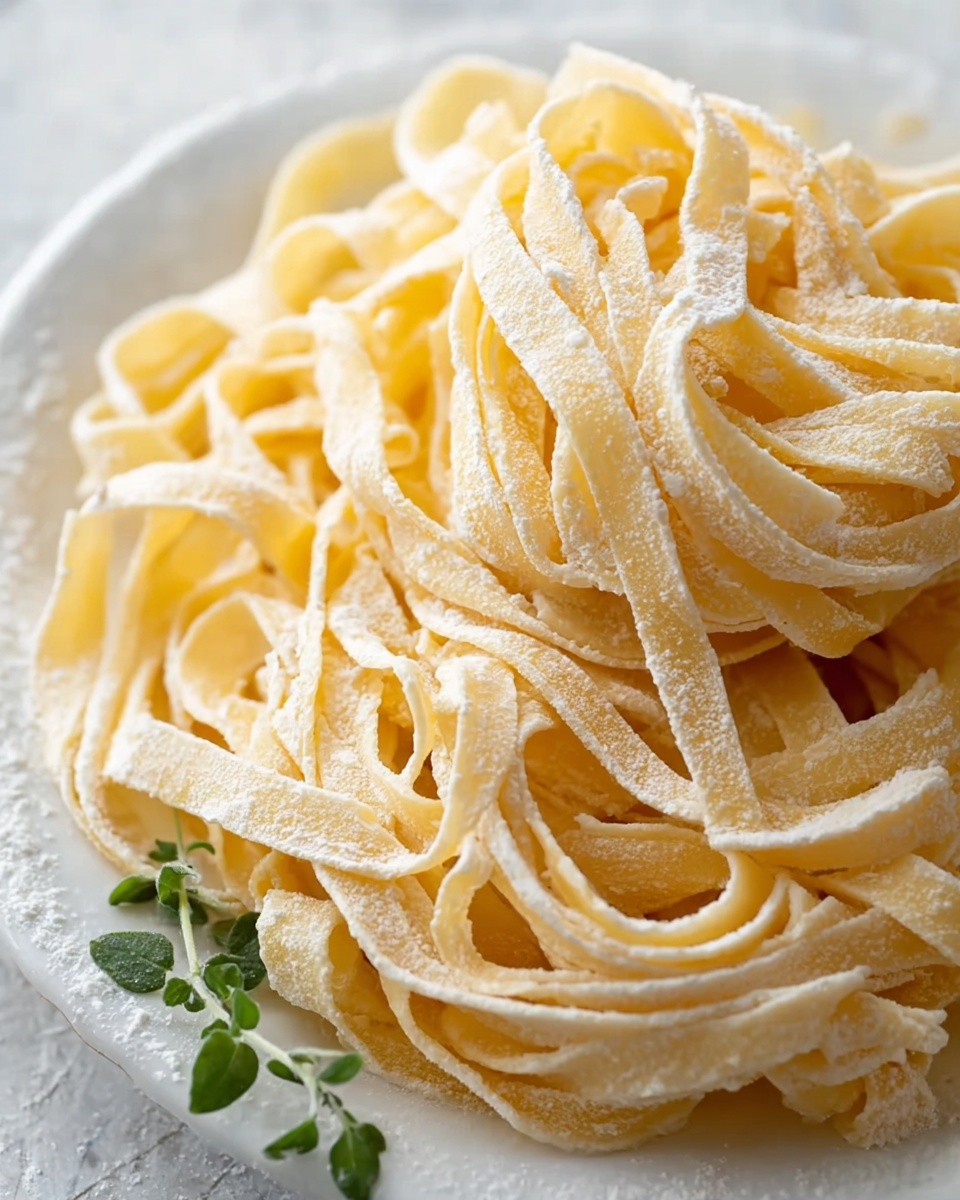
Garnishes
Enhance your dish with simple garnishes like freshly grated Parmesan, chopped basil, or a drizzle of extra virgin olive oil. These little touches bring freshness and a burst of flavor that complement the homemade dough beautifully.
Side Dishes
Pair your pasta with crisp green salads, roasted vegetables, or warm garlic bread. These sides provide textural contrast and complete the meal with vibrant colors and balanced flavors.
Creative Ways to Present
Try shaping your pasta into nests for an elegant presentation, or serve tossed in individual bowls with a sprinkle of herbs on top. If you’re feeling adventurous, stuff your fresh pasta to make ravioli or tortellini—all from this Perfect Homemade Pasta Recipe.
Make Ahead and Storage
Storing Leftovers
If you find yourself with extra cooked pasta, store it in an airtight container in the refrigerator for up to two days. Toss with a little olive oil beforehand to prevent sticking, and it will be ready for a quick reheating.
Freezing
You can also freeze freshly rolled pasta before cooking. Arrange the pieces in a single layer on a baking sheet, freeze until firm, then transfer to a freezer-safe bag. When ready to use, cook straight from frozen in boiling water, adding an extra minute or two to the cooking time.
Reheating
To reheat pasta, briefly warm it in boiling water or sauté in a pan with a splash of sauce or olive oil. This method freshens the texture and flavor without drying it out.
FAQs
Can I use a different type of flour for this pasta?
Absolutely! While all-purpose flour works perfectly, you can experiment with “00” flour for a silkier texture or whole wheat for a nuttier flavor. Keep in mind the dough’s hydration might need slight adjusting.
How thin should I roll out the pasta dough?
Roll the dough as thin as possible without tearing it, generally around 1-2 millimeters. The thinner the pasta, the more delicate and tender it will cook up, but make sure it’s sturdy enough to handle.
Can I make this dough without eggs?
This specific Perfect Homemade Pasta Recipe relies on eggs for moisture and richness, but you can find eggless pasta recipes that use water and olive oil if needed. They won’t have quite the same texture, but are a great alternative.
How long can I keep the fresh pasta dough before cooking?
Fresh pasta dough can be refrigerated tightly wrapped for up to 24 hours. For longer storage, freeze the dough and thaw it slowly in the fridge before rolling and cutting.
What’s the best sauce to serve with homemade pasta?
Homemade pasta is incredibly versatile, pairing beautifully with everything from simple olive oil and garlic, to robust meat ragus, or creamy Alfredo sauces. Choose a sauce that complements the pasta’s texture and your personal taste!
Final Thoughts
Making pasta from scratch is not just cooking, it’s creating a joyful ritual that connects you to the heart of Italian tradition. This Perfect Homemade Pasta Recipe opens the door to endless culinary creativity and delicious meals that taste like pure love on a plate. Give it a try—you won’t believe how rewarding and fun homemade pasta can be!
Print
Perfect Homemade Pasta Recipe
- Prep Time: 15 minutes
- Cook Time: 4 minutes
- Total Time: 49 minutes
- Yield: 4 servings
- Category: Main Course
- Method: Stovetop
- Cuisine: Italian
Description
This Perfect Homemade Pasta recipe guides you through making fresh, tender pasta from scratch using simple ingredients like flour, eggs, olive oil, and salt. The dough is kneaded until smooth, rested, rolled, and cut to your desired shape before being boiled to a perfect al dente texture. Ideal for serving with your favorite sauce, this pasta is fresh, flavorful, and a rewarding cooking project.
Ingredients
Dry Ingredients
- 2 cups All-Purpose Flour
- 1 teaspoon Salt
Wet Ingredients
- 3 large Eggs
- 1 tablespoon Olive Oil
- 1–2 tablespoons Water (as needed to adjust dough consistency)
Instructions
- Prepare the Flour: Measure 2 cups of all-purpose flour and place it on a clean surface or in a large mixing bowl. Make a well in the center to hold the wet ingredients.
- Add Wet Ingredients: Crack 3 large eggs into the flour well, then add 1 teaspoon salt and 1 tablespoon olive oil to enrich the dough.
- Mix the Dough: Using a fork, gently whisk the eggs while gradually drawing in flour from the edges, mixing until the dough becomes too thick for the fork.
- Knead the Dough: Using your hands, bring the dough together into a ball and knead for 8–10 minutes until smooth and elastic. Adjust consistency by adding flour if sticky or drops of water if dry.
- Rest the Dough: Wrap the dough ball in plastic wrap and let it rest at room temperature for at least 30 minutes to relax the gluten for easier rolling.
- Divide the Dough: After resting, divide the dough into four equal portions. Keep unused pieces covered with plastic wrap to prevent drying.
- Roll Out the Dough: Lightly flour your work surface, flatten one piece lightly, then roll it out thinly with a rolling pin or pasta machine to your desired thickness.
- Cut the Pasta: Slice the rolled dough into your preferred pasta shapes such as fettuccine, tagliatelle, or pappardelle.
- Dry the Pasta: Lay the cut pasta on a floured surface or a clean kitchen towel, and let it dry slightly while you prepare the remaining dough.
- Cook the Pasta: Bring a large pot of salted water to a boil. Add the fresh pasta and cook for 2 to 4 minutes or until it floats to the surface indicating doneness.
- Drain and Serve: Drain the pasta thoroughly and toss with your favorite sauce. Serve immediately for best texture and flavor.
Notes
- Resting the dough is essential to develop gluten and make rolling easier.
- You can substitute all-purpose flour with 00 flour for a silkier texture if available.
- Adjust kitchen water sparingly to avoid overly sticky dough.
- Fresh pasta cooks much faster than dried pasta; watch carefully to avoid overcooking.
- Use a pasta drying rack if you plan to store pasta for later use.

